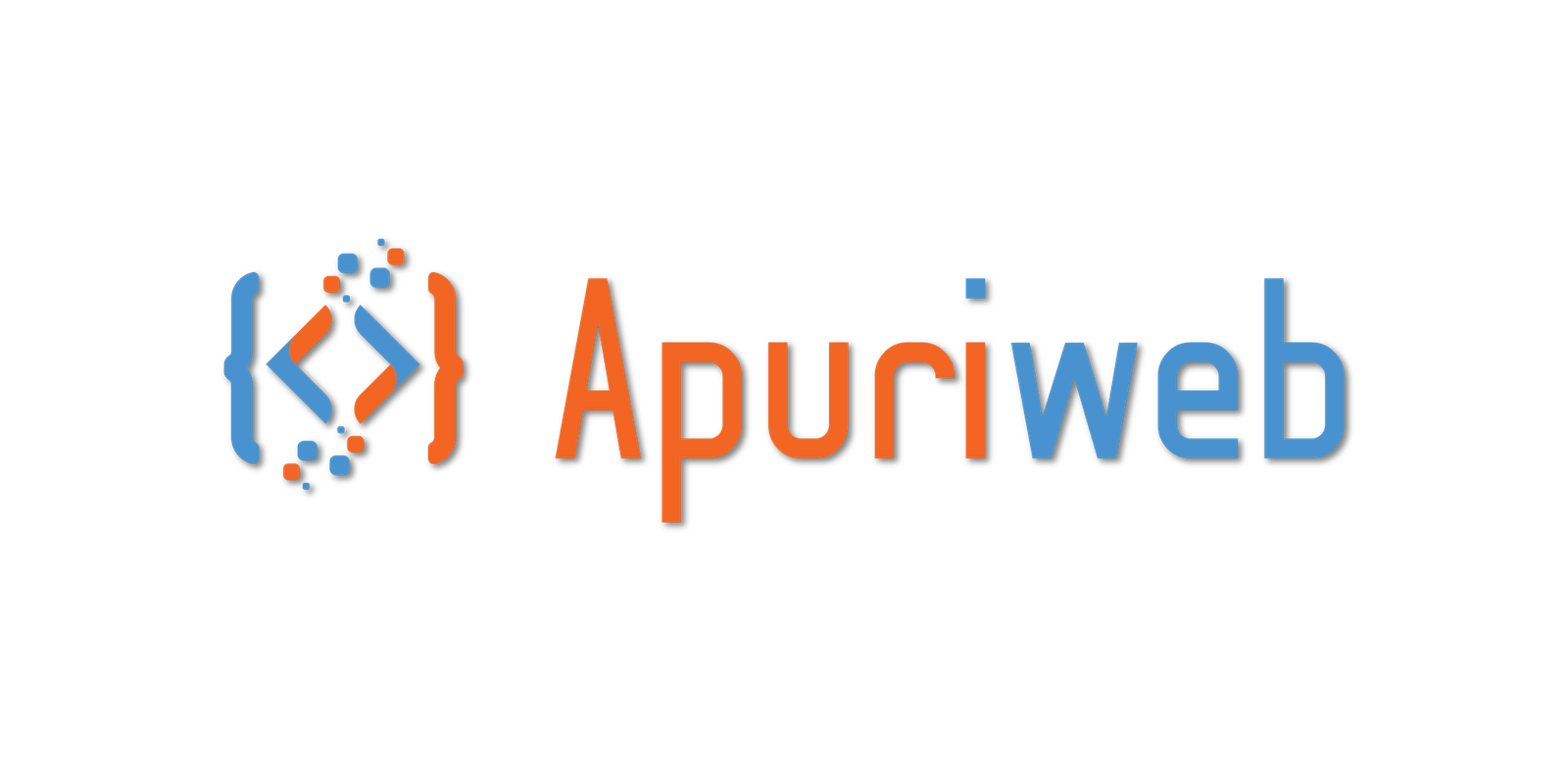
The term “metaverse” refers to a collective virtual shared space that encompasses various digital worlds, augmented reality (AR), and virtual reality (VR) environments. It’s a concept popularized by science fiction, especially by Neal Stephenson’s novel “Snow Crash” and has gained significant attention in the tech and gaming industries.
In the metaverse, users can interact with each other and digital objects in a persistent and immersive manner. This virtual space is typically accessed through the internet, and it goes beyond the isolated experiences of individual games or applications. Instead, it aims to create a seamless and interconnected digital universe where users can move between different virtual experiences, platforms, and social interactions.
Key elements of the metaverse may include:
Persistent Virtual Environment:
A shared virtual world that remains consistent and evolves over time, even when users log off.
Social Interactions:
Users can communicate, collaborate, and interact with each other in real-time, forming communities and fostering social connections.
Digital Economy:
A virtual economy that allows users to create, buy, sell, and trade digital goods and services, often using blockchain-based assets or cryptocurrencies.
Cross-Platform Accessibility:
The metaverse aims to be platform-agnostic, allowing users to access it from various devices and operating systems seamlessly.
Immersive Technologies:
Virtual reality (VR) and augmented reality (AR) play a significant role in providing users with immersive experiences within the metaverse. Tech companies, gaming studios, and other organizations are actively working on building the metaverse by creating platforms and ecosystems that cater to these concepts. Some existing examples that are often considered steps toward the metaverse include virtual reality platforms like Facebook Horizon, VRChat, and augmented reality games like Pokemon GO.
While the idea of the metaverse is fascinating and holds tremendous potential for the future of digital interaction, it’s still a work in progress, and various challenges, such as privacy, security, and interoperability, need to be addressed before it becomes fully realized.
